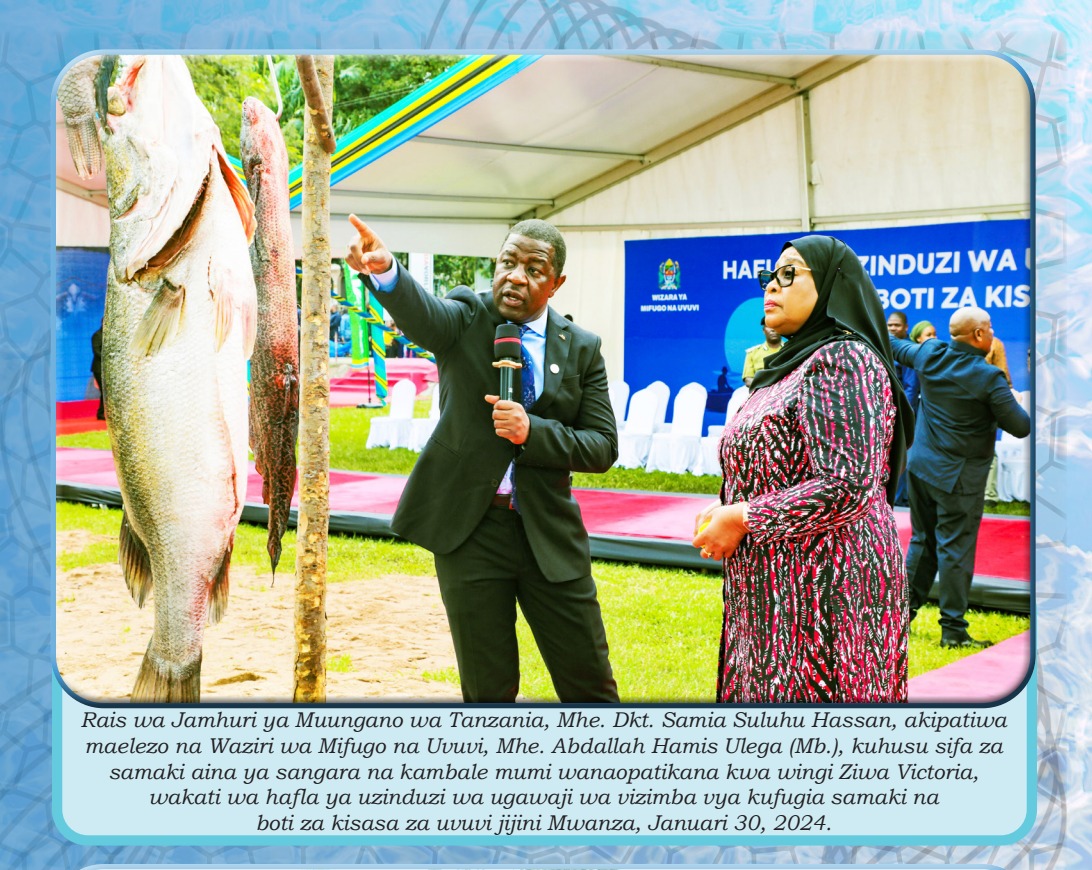Waste or Valuable Waste?
By Edwin Githinji
E-mail: eddy.githinji022@gmail.com
20/03/2021
Crop residues , are the plant remains after harvesting of crop intended for food, feeds and fiber. They include stalks, legume straws, leaves, shoots of tubers, vegetable plants and prunnings and litters of fruit trees. All over the world ever since the beginning of agriculture, crop residues have been the largest of all produce from the farms.
Unfortunately, most governments and farming communities around the world have failed to accurately quantify the enormous harvest, or to satisfactorily account for the fate of it. This observation helps in explaining why so little attention has been given to crop residues all over the world.
Either way, it is no doubt that a large part of the residual produce is handled inappropriately, which leads to weakening of the world’s food production system and capacity amid high population growth rates and in most cases leads to detrimental impacts to the environment.
Would it therefore be important to make sure that people understand the importance of properly utilising the crop residues and enjoy the vast benefits that come with it instead of destroying the crop residues? It is time that the old tradition of burning the crop residues is let alone, and other better approaches to it’s management practiced.
Crop residues should be seen not as wastes, but as providers of essential environmental services. If put to good use, the residues could lead to increase of direct and indirect profits in the farm, as well as ensuring a healthy and productive farming ecosystem.
There are many ways in which crop residues can be put to use, with minimal adverse effect to the environment, and at the same time allow room for recycling them into the system either off-field or on the field, for long term benefits.
Crop residues can be used as fertilisers, bio-fuels, livestock feeds and beddings, making paper, cultivation of mushrooms and in some cases as a source for extraction of organic compounds. These uses have thus converted the agricultural waste to a valuable resource, which can help optimise direct and indirect marginal profits if used in a balanced way.
FERTILISERS;
Crop residues left on the farm after harvesting act as mulch, which control soil erosion and retains the soil’s moisture leading to subsequent bumper harvests.
Further degradation of the materials also releases the bound nutrients in them like Nitrogen and Carbon, which are constituents of fertilisers, and play a major role in plant development as macronutrients. The economical value is noted here, since it helps the farmers save cash that would otherwise be used to purchase fertilisers.
Crop residues also improve soil aeration by promoting free exchange of gases between the soil and the atmosphere. The presence of the residues physically prevent growth of weeds, in addition to producing chemicals that inhibit growth of weeds. The weed/crop competition is curtailed, resulting in enhanced crop production.
LIVESTOCK FEEDS AND BEDDING;
Feeding takes the largest proportion of uses of crop residues off the field in the world, even where other options of animal feeds are readily available.
The residues are fed to domestic animals in forms ranging from traditional stubble-grazing of harvested grain fields, to preparation of chopped residue mixes that are made more palatable(value addition) and nutritious by the addition of nitrogen-rich compounds.
Also, by combining cereal straws with protein-rich food-processing wastes such as oil cakes, can replace silage, making it easier to feed dairy animals without devoting a farmland to concentrate and roughage growing.
Feeding crop residues to animals offer triple-up benefits, which include improved productivity of the animals, production of animal waste which can be used for domestic biogas production and slurry fertiliser, which is better than the composted counterpart.
Because of their excellent water-absorption capacity, crop residues remain the preferred materials for animal bedding. In addition to keeping animals clean and comfortable, bedding residues make manures easier to handle and limit the leaching loss of absorbed nutrients.
MUSHROOM GROWING
Wheat and rice straws are the most ideal substrates for cultivation of the most grown types of mushrooms, the white button mushroom and the straw mushroom. The use of residues in mushroom growing represents a valuable conversion of inedible phytomass to edible foodstuffs, which has about three times the amount of proteins in common vegetables, despite their high moisture content.
BIOFUEL
Dry residues have an average of 18MJ/Kg. In a country like Kenya, where about 60% of the total households use wood as fuel, crop residues would serve as supplements form of fuel to these sources.
However, for extensive use of the crop residues as fuel, there is need for value addition, especially the density, to form fuel briquettes. This can be achieved by using binders such as clay or cow dung.
BUILDING;
Making bricks and walls from the clay and straw mixture is an ancient technique that os still in use today, especially for house and shed construction. Another variation is the modern approach, where clean, shredded straw is used in manufacture of boards for indoor partitioning. The boards are formed by heating and compressing straw in presence of binders to form the boards.
RECYCLING
Over the past decades, plant science, diverse soil and agronomic research have demonstrated the critical and irreplaceable services that crop residue recycling offers to the environment.
Maintenance of highly productive cropping requires effective protection of soils against erosion, conservation of relatively high amounts of soil organic matter, provision of optimum conditions for soil biota, and, to prevent undesirable environmental effects of high-level fertilizer applications, all of which are achievable by recycling of crop residues.
At the same time, minimizing the human impacts on tropospheric chemistry requires lower emissions of greenhouse and other gases, and avoiding serious health hazards posed by smoke necessitates taking up of responsibility by every farmer, to avoid outright elimination, of unnecessary phytomass by burning, but employ other appropriate field management of crop residues can help to achieve all of these goals.
Perhaps the best way to promote these rational ways of dealing with straws, stalks, and leaves is to see them not as residues, but as valuable resources that provide irreplaceable environmental services and assure the perpetuation of productive agroecosystems and sustainable food production.


